Mind The Eruption: "Pink Floyd at Pompeii" Gets the Steven Wilson Treatment
Everyone's favorite t-shirt band has delivered their most anticipated remix in decades. How does it treat this monumental live set?
Before they were “first band in space,” Pink Floyd performed to the ghosts of thousands. From the accidental destruction of footage to a glimpse at the creation of one of the most iconic albums in rock-and-roll history, all the way down to one very controversial aspect ratio crop, it’s been a long road to 2025’s Pink Floyd at Pompeii. Of course a show played at ancient Roman ruins would have this mythos surrounding it!
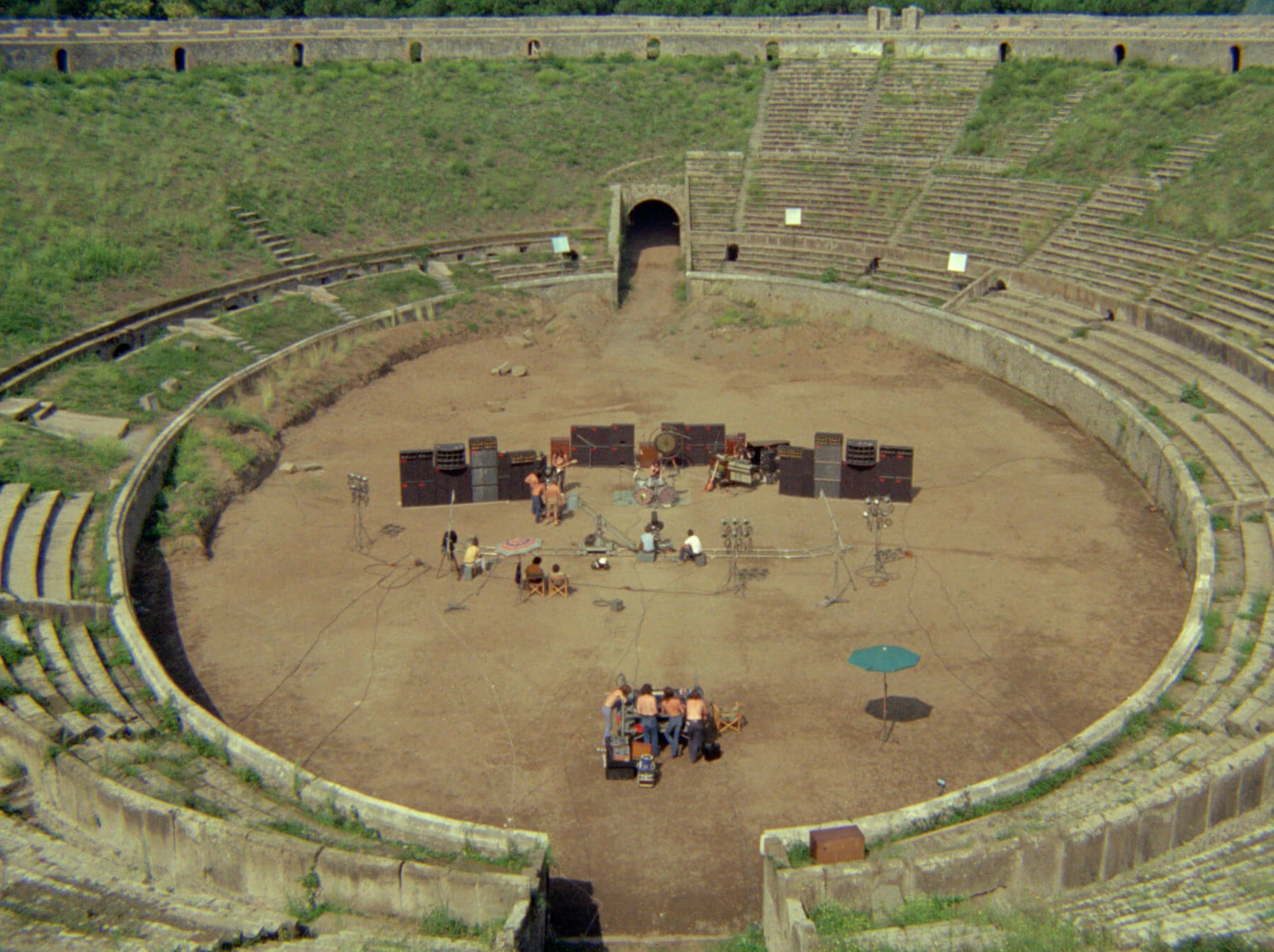 The ashes have been brushed off this storied recording by a dutiful hand: modern-day prog giant Steven Wilson. There’s a delicate balance to be struck when remixing a live recording. How does one exalt what’s already there, while being careful not to trample the intangible I-don’t-know-what of four guys responding to each others’ energy in the moment? The secret ingredient seems to be this show's lack of (living) audience. Floyd’s spectators only looked on in spirit; entombed in ash thousands of years ago. Pompeii's atmosphere was, thankfully, handled delicately by Wilson.
The ashes have been brushed off this storied recording by a dutiful hand: modern-day prog giant Steven Wilson. There’s a delicate balance to be struck when remixing a live recording. How does one exalt what’s already there, while being careful not to trample the intangible I-don’t-know-what of four guys responding to each others’ energy in the moment? The secret ingredient seems to be this show's lack of (living) audience. Floyd’s spectators only looked on in spirit; entombed in ash thousands of years ago. Pompeii's atmosphere was, thankfully, handled delicately by Wilson.
This is a non-“audiophile” album (the digital source will surely be a dealbreaker for some,) but the sound still has body and definition. I believe this comes from Pink Floyd being one of the only bands who could truly produce themselves – having discernment towards your own music does not come naturally. On top of that, save for one shipping-induced pop on my copy in the first verse of “Echoes,” it’s a good pressing. You can hear the air, but you won’t hear surface noise. This benefits the “Set the Controls for the Heart of the Sun” and“Pompeii Intro” especially. After dropping the needle, that heartbeat we associate with Dark Side of the Moon grows from soft to overwhelming; as if it’s our own pounding headache. The unrelenting heat – of ash, lava, or bodies in the sun – manifests in the synths, growing from hazy to hellish. This is no space walk. Welcome to Pompeii, do mind the eruption.
Most of the weight of Wilson’s task lies in “Echoes.” It was the summit of that wonky experimental period post-Syd Barrett; Floyd’s most creative five years. Pompeii was the closing of a chapter; after this, most pre-Dark Side live show staples were retired. At Pompeii, “Echoes” reached a whole new level. It’s like watching the boy king about to pull Excalibur out of the stone. Everything the guys were reaching for, all the sounds and atmosphere, they were just about to grasp it. “Echoes” at Pompeii was the moment Pink Floyd became Pink Floyd.
“We know – but how does it sound?”
Well...anything’s better than The Early Years’s attempt. The thinness, surface noise, the ever-present high-pitched whine...man, that was a choice.
The amount of fine detail in this presentation of “Echoes” is truly stunning. What a revelation to hear the bass flourish through “Part One’”s second verse, and to find there really was no “lead” or “backing” vocal to speak of. Melody and harmony are equally prioritized here. They make two halves of one whole, rather than light and shadow. There was no effort to disguise perceived mistakes, either. But you have to give it to the guys: they weren’t exactly playing in a sonically “ideal” environment! As the first movement of “Echoes” rises, four individuals become one sonic entity; letting the song molt into an entity of its own. It crests into a funk-tinged beat thanks to the prominence of the bass, which pops in a way it hasn’t in previous mixes. Believing this to be a fluke (I Frankenstein’d my setup together for the first four Black Sabbath albums specifically, it’s rhythm section-forward and it’s loud,) I listened again through headphones. Sure enough, this was intentional. Placing such emphasis on the rhythm section for the second movement of “Echoes” was an unexpected creative choice by both players and remixer. “Part Two” brings up the rear of the LP. It’s near-perfect in its journey through oft-derided “whale noises,” a brilliant drum passage, keys suspended in air, and the infinitely-rising chorus of souls. Hearing this mix of “Echoes,” I can’t help but think, “We could’ve had this the whole time?!”
For those like myself who hoped to finally hear a unified Pompeii “Echoes”, having it split across two discs was a let-down. Why present such an important moment in the band’s history cleaved in half? Looking at the totalrun time, both halves together would’ve been just over the amount of music that can fit on one side of an LP without degrading the sound. At the end of the day, this is a soundtrack album. It should be true to the format that bore it – and it’s fun to imagine the rest Pompeii taking place within “Echoes” as a Floyd mega-quodlibet.
Being partial to “Careful With That Axe, Eugene” for reasons I truly cannot explain, I met this mix with great anticipation. A good “Eugene” should feel like your gut at the point in the horror movie when you’re screaming at the screen for the protagonist not to go around that corner. Nothing should distract from it. You have to sit in that discomfort. Having a quiet pressing with such precise sonic detail is necessary for that dread to build, and this mix delivers. A keys-forward “One of These Days” was an unexpected shuffle of the Floyd chess pieces. Though this choice diminished the rubber-burning climax, Wilson’s remix generally prioritizes what instrumentneeds to be highlighted at any time. “One of These Days’”s chugging bass introduction is made properly lead-heavy. The dynamics of “Set the Controls” were handled with a light touch; fitting for the most atmospheric song of the set. Given “Echoes” was the assumed centerpiece, I was shocked to find this performance of “A Saucerful of Secrets” transformed into perhaps the definitive recording of the song. Though the chaos cymbals are pushed to a distance, it gives the dissonant piano a chance to break through; putting an already avant-garde-leaning track appropriately off its axis. “Saucerful”’s soundscape comes together around Nick Mason’s sturdy, powerful drumming, like de Kooning in black and white. Bold and disruptive.
If there’s anything I’m left wanting from previous mixes that 2025 Pompeii doesn’t have, it’s dimension in the drums. The Early Years, for all its many flaws, did give the drums more room to breathe than Wilson’s remix. The bonus tracks included to fill out a double-LP (an alternate take of “Eugene” and the unedited “Saucerful”) are good enough inclusions. Is it cool to hear the two-minutes-and-change dropped from “Saucerful” in the film? Yes. Does it rewrite history? Not really.
The packaging, credited to “HOUSE @ INTRO,” shows attention to detail. If you peek inside the sleeve openings, you’ll see neon red on black, like splashes of lava. The disc labels sport the expressive Roman mosaics featured in the film, and the gatefold features other notable stills. The inner sleeves (which I quickly switched out to be just inserts) were my favorite touch – on the back of each, a nod to the film’s blue-on-black title cards. The poster is good enough; matte paper, folded to fit inside an album sleeve. Nothing to write home about.
Of course, a strictly audio format can’t fully capture the film experience. This Pompeii LP won’t convey the dust on bare feet, the sweat on a brow, hearing Nick gently specify he’d like pie without crust, crowd favorite “Mademoiselle Nobs” in all its howling glory, or witnessing Roger Waters after, shall we say, having stoked the green flame. (Hey, it was the seventies!) All in all, as a fan of Floyd’s experimental period, I am so grateful to finally have an officially-released standalone Live at Pompeii on vinyl. Floyd were just the band to play that fabled show, and this is just the remix to communicate this set’s importance.
And if you manage to catch the remastered film one last time before it leaves theaters: be sure to dramatically wave your hankie at Roger and his smoke rings on my behalf. Ciao, baby.
(Tracking Angle is thrilled to welcome YouTube star Abigail Devoe to our pages. Abigail is as much a musical historian and musicologist as she is a record reviewer. Please visit her channel if you've not already done so. Her style and content are so refreshing compared to so much of the click-baity sensationalism polluting YouTube_ed.).




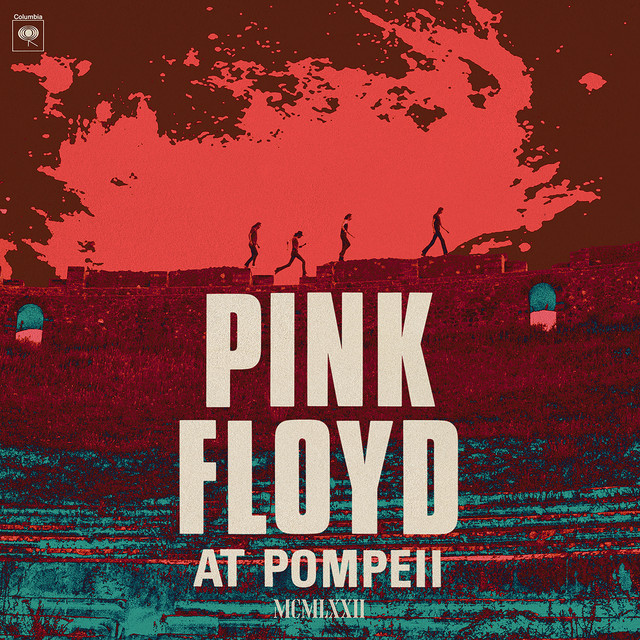





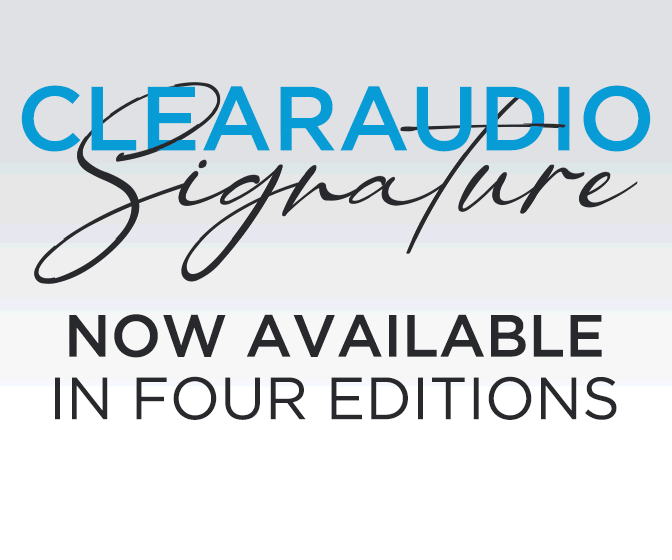

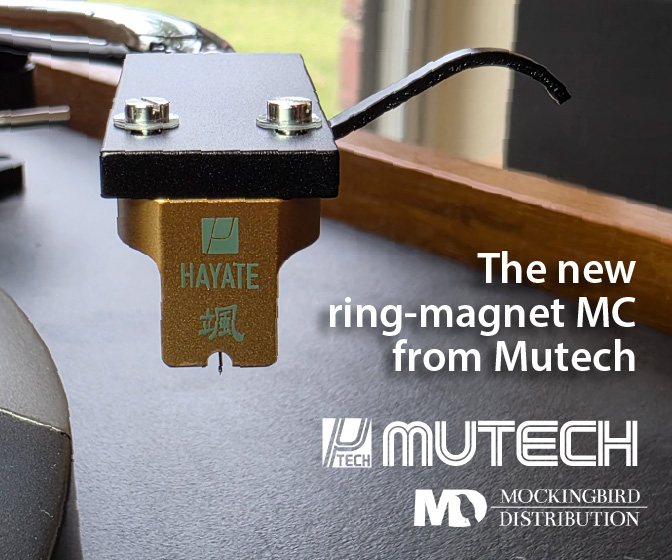
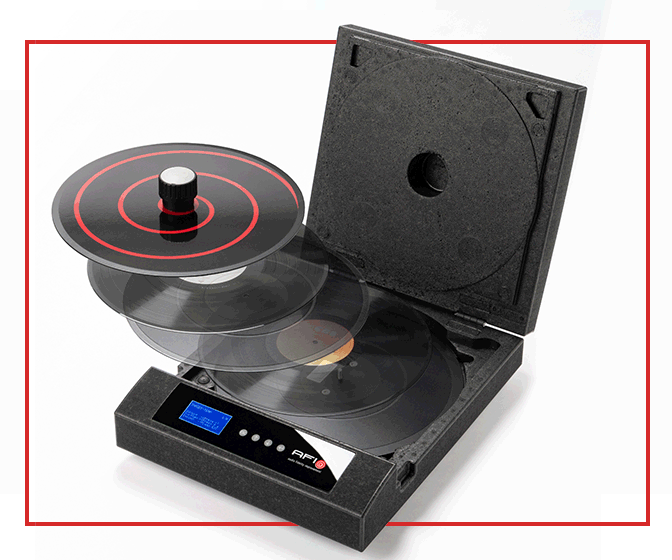


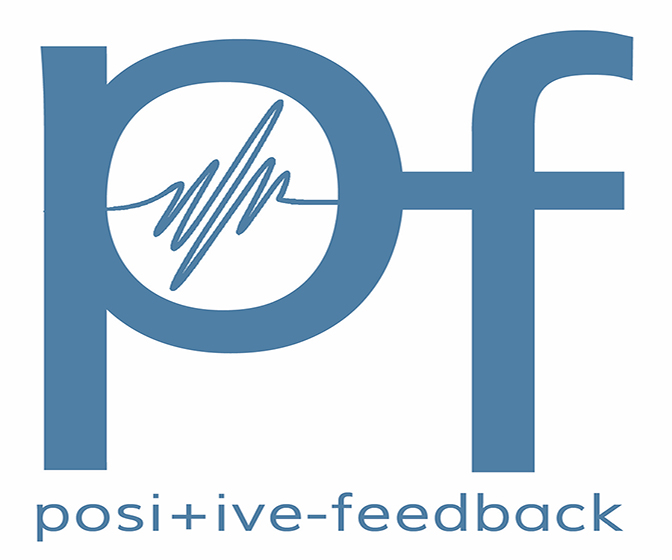




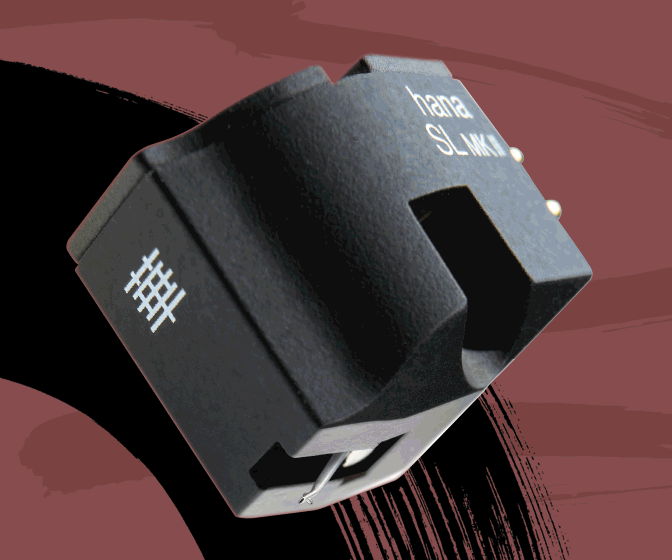


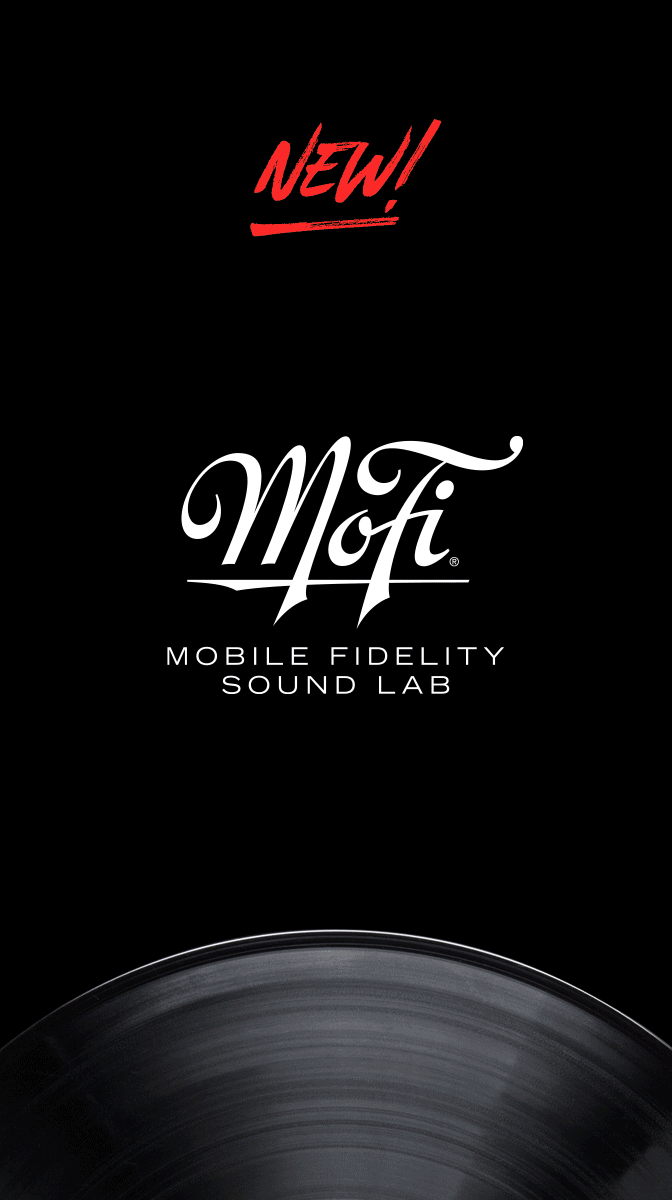





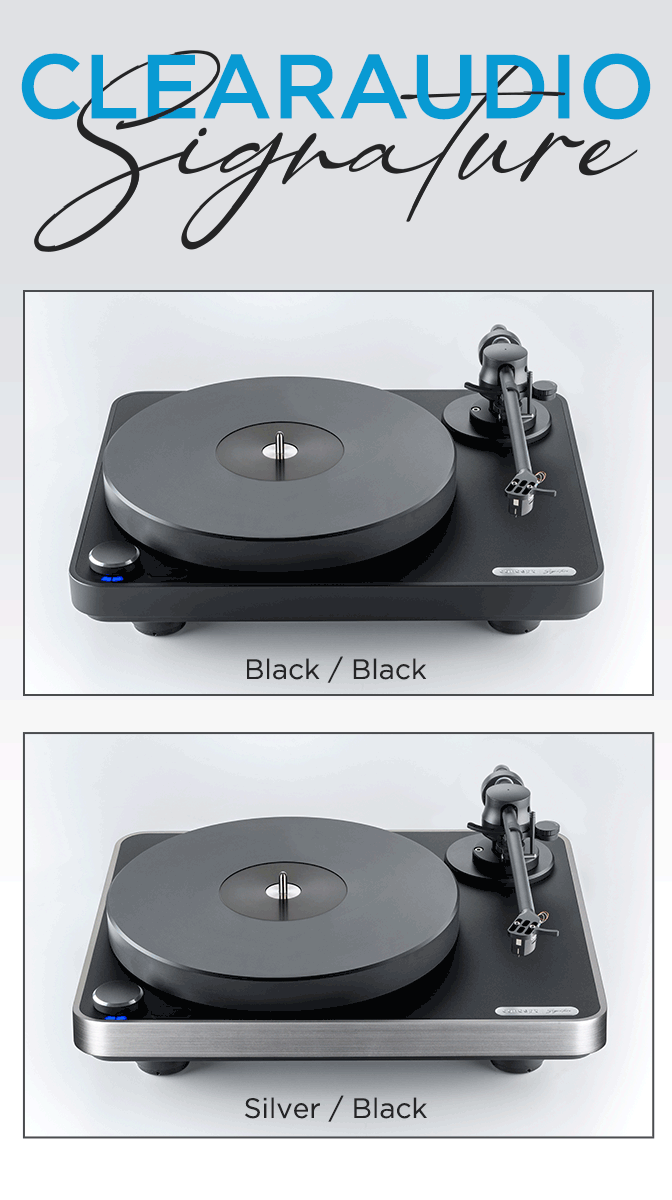



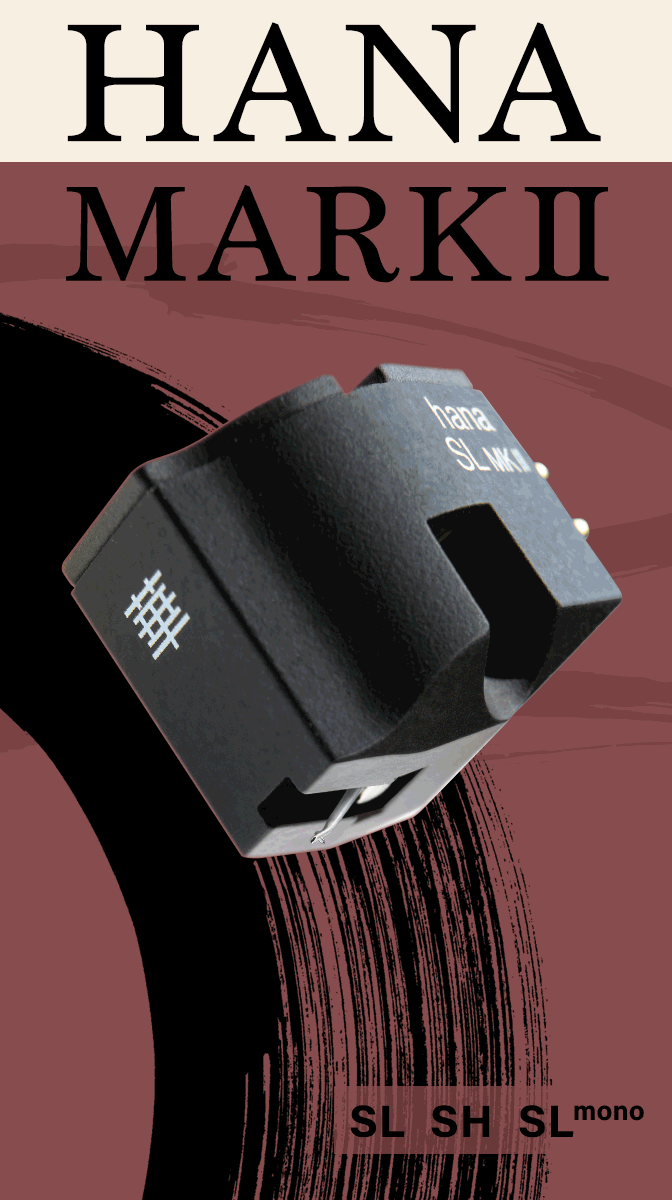


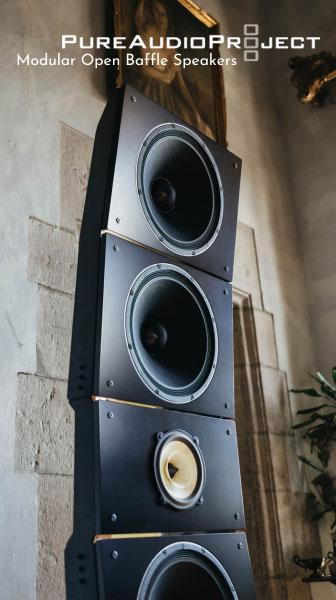






.png)








